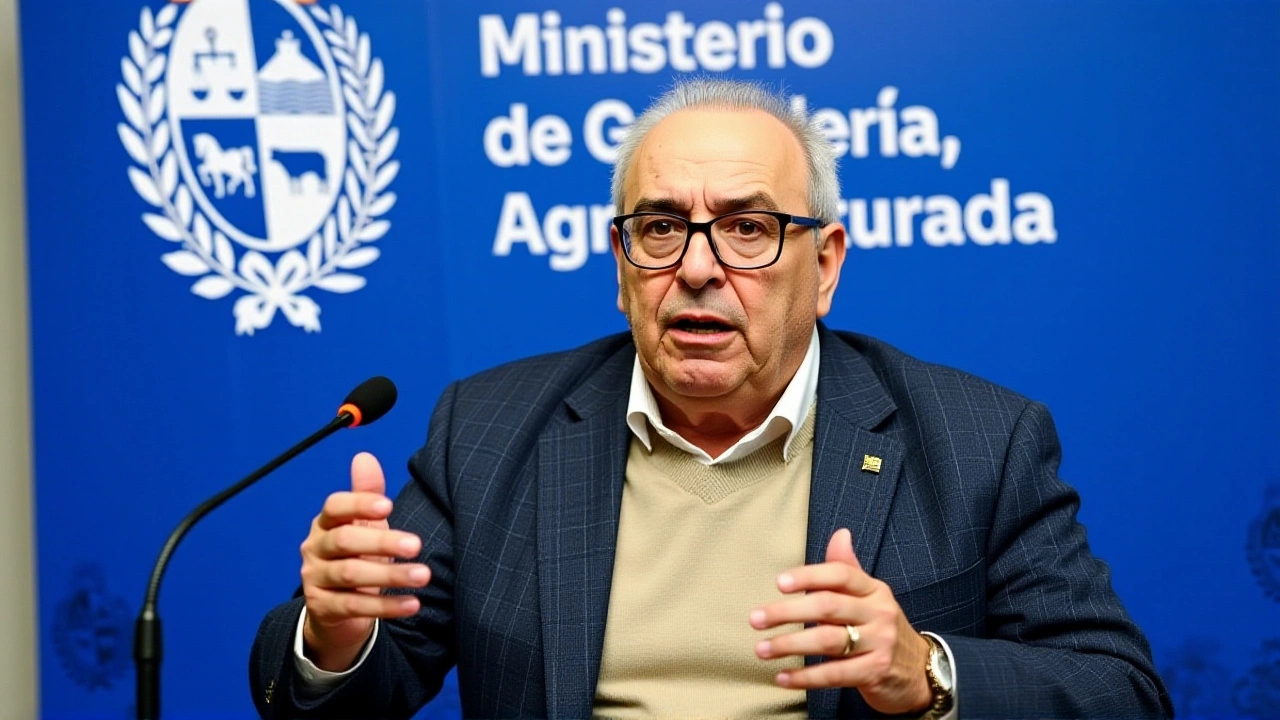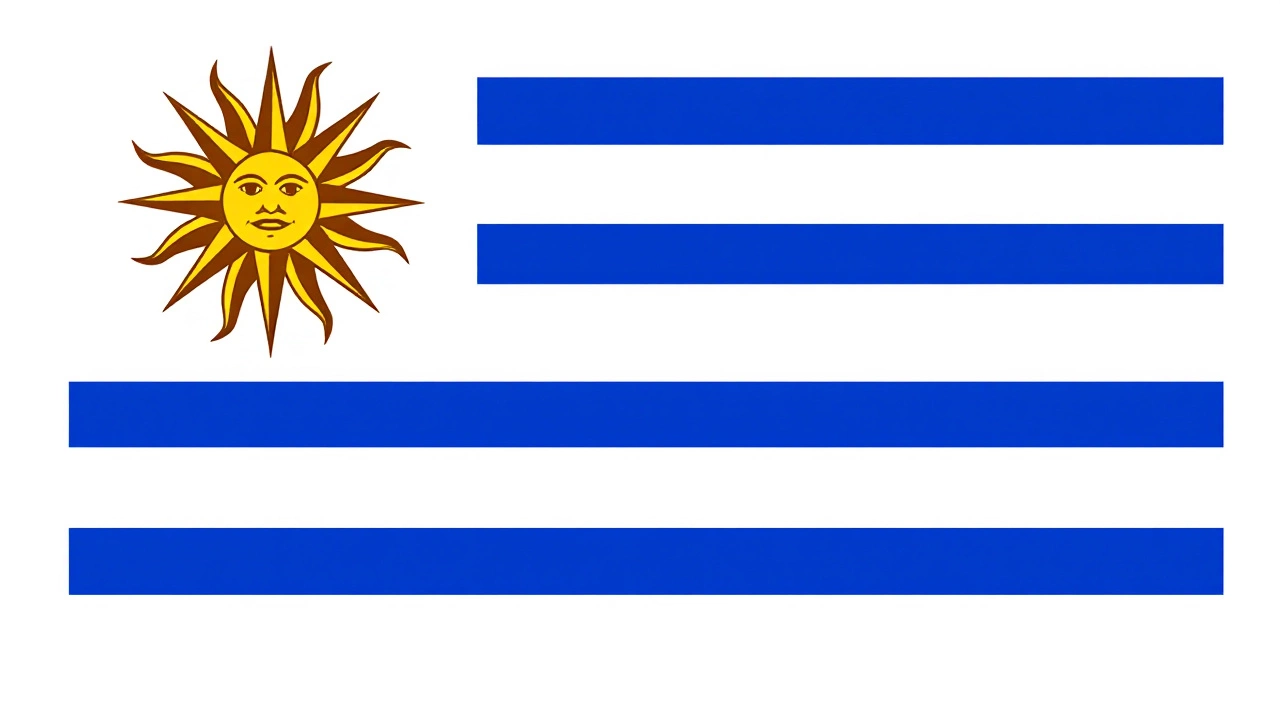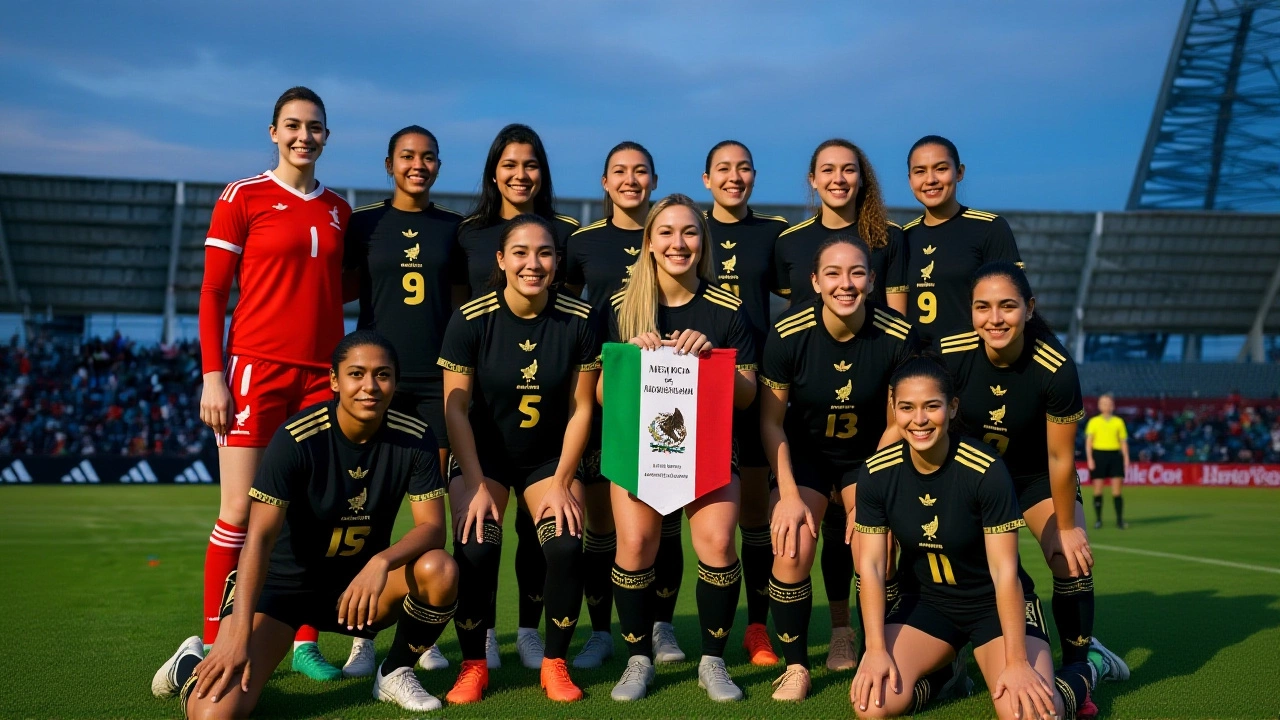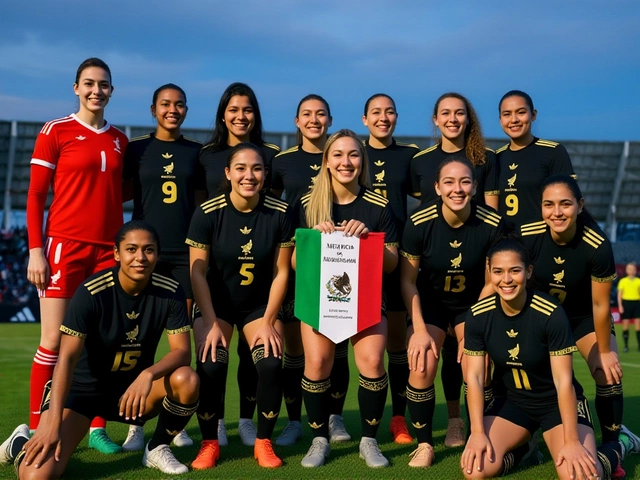On a crisp Sunday evening in Torreón, Mexico, Mexico and Uruguay played out a tense, goalless stalemate at Estadio Corona, wrapping up their November 2025 international friendly with a 0-0 final score. The match, which kicked off at 5:00 PM UTC on November 16, 2025, offered no goals but delivered a masterclass in defensive discipline — and a handful of heated moments that left fans and analysts divided. Neither side broke through despite relentless pressure, and the lack of scoring wasn’t due to laziness — it was because both teams were locked in a battle of wills, not just tactics.
Defensive Discipline Over Offensive Flair
The game unfolded with neither team willing to gamble. Mexico, under manager Gerardo Martino, deployed a high-pressing 4-2-3-1 formation, with Hirving Lozano and Raúl Jiménez leading the line, supported by midfielders Érick Gutiérrez and Sebastián Córdova. But as Fox Deportes analysts Mariano and Keith noted, Mexico looked sharper when defending than when attacking. "They look better when they don’t have the ball," Mariano observed. "The pressure is good — but the final third? Still missing something." Uruguay, meanwhile, responded with a compact 4-4-2, anchored by veteran Guillermo Ochoa in goal and a backline featuring César Montes, whose physicality occasionally crossed the line. Uruguay’s changes at halftime — Facundo Torres replacing Juan Manuel Sanabria — injected pace, and Torres nearly broke the deadlock just minutes after coming on, winning a free kick in Mexico’s half at the 47th minute. But the final ball always seemed to evaporate under pressure.A Controversial Finale and Unresolved Tensions
The match’s most heated moment came in the 88th minute. As Mexico’s César Montes challenged Uruguay’s striker inside the penalty area, the ball rolled away, and the Uruguayan went down. Fox Deportes’ commentary erupted. "It is clear. There’s contact inside of the box," Mariano insisted. Another analyst chimed in: "Robert — that was a penalty." But referee Jesús Valenzuela, despite the outcry, waved play on. No card was shown. No penalty awarded. The decision sparked immediate debate among fans streaming from Monterrey to Montevideo. Adding to the tension, commentators noted that Montes and a Uruguayan forward exchanged words after the incident. "They are going to have to be separated," Keith remarked — a line that hinted at a near-altercation, though no formal disciplinary action was recorded. The lack of yellow cards — a rarity in matches between these two physical sides — only deepened the sense that the game was played on a knife’s edge, but with restraint.
Why This Match Matters More Than the Score
This wasn’t about bragging rights. It was about preparation. For Mexico, it was the third consecutive friendly against a CONMEBOL opponent in Torreón — a city that has quietly become a testing ground for the national team’s evolving identity. The 2025 squad is in transition: veterans like Ochoa and Jiménez are still leading, but younger players like Diego Lainez and Obed Vargas are being groomed for bigger challenges. The pressing system worked — but the final pass didn’t. That’s the real issue. For Uruguay, the match served as a litmus test ahead of their 2026 World Cup qualifiers. Their midfield, led by Nahitan Nández, held firm, but their lack of a clinical finisher was glaring. Torres, the 23-year-old winger, showed flashes — but he’s still learning how to turn pressure into goals. Rafael Hernández of FMF State of Mind captured the mood perfectly in his November 15 report: "Few exciting moments throughout." And that’s the truth. It wasn’t pretty. But it was honest. And in international football, honesty often matters more than highlights.What’s Next for Both Teams?
Both squads are back in action by Tuesday — as Fox Deportes’ Keith confirmed. Mexico will face Costa Rica in a rematch of their 2024 CONCACAF Nations League clash, while Uruguay heads to Asunción to take on Paraguay. For Mexico, the focus will shift to sharpening their attacking transitions. For Uruguay, it’s about finding a consistent goal threat beyond Darwin Núñez. The broader trend? International friendlies are no longer glorified exhibitions. They’re tactical war rooms. Teams use them to test systems, identify weaknesses, and manage player minutes — all while pretending it’s just a friendly. This match in Torreón proved that. No goals. No red cards. But plenty of questions.
Background: Why Torreón?
Estadio Corona isn’t just any stadium. It’s a fortress in northern Coahuila, built in 2015, and has hosted Mexico’s national team more than 12 times since 2018 — mostly against South American opponents. The city’s altitude (1,300 meters), passionate local support, and neutral atmosphere make it ideal for high-stakes friendlies. It’s also a strategic choice: by playing in the north, Mexico draws fans from Texas and beyond, expanding its diaspora footprint. This match followed a familiar script: Mexico vs. a CONMEBOL side, a low-scoring grind, and post-match analysis dissecting every pass. It’s become a tradition — and a necessary one.Frequently Asked Questions
Why did neither team score despite having star players like Lozano and Jiménez?
Both defenses were exceptionally organized. Uruguay’s backline held compact, while Mexico’s midfield lacked a creative pivot to unlock them. Lozano and Jiménez were isolated too often, with no consistent link-up play. Mexico created only three clear chances — all blocked or saved — while Uruguay’s best opportunity came from a Torres free kick that was cleared off the line.
Was the missed penalty a turning point in the match?
While not a game-changer statistically, the non-call in the 88th minute had psychological weight. Mexico’s players visibly relaxed after the whistle, while Uruguay’s attack lost urgency. Analysts suggest the decision reinforced a pattern: referees are increasingly reluctant to award penalties in friendlies unless contact is extreme — a trend that frustrates teams preparing for competitive matches.
How does this result affect Mexico’s World Cup qualifying chances?
Not directly — friendlies don’t count in qualifiers. But the performance exposed a real concern: Mexico’s attack still struggles against disciplined, low-block defenses. If they can’t break down Uruguay — a team ranked 13th in the world — they’ll have trouble against Costa Rica or Jamaica in March. The solution? More midfield creativity and better movement off the ball.
Why did Uruguay make so many changes at halftime?
Uruguay’s coach, Diego Alonso, was managing minutes ahead of their crucial qualifier against Paraguay. Players like Rodrigo Zalazar were rotated out to avoid fatigue, while Facundo Torres was brought on for pace. The substitution worked tactically — Torres created the best chance — but it also signaled Uruguay’s focus on future matches, not just this one.
Is Estadio Corona becoming Mexico’s unofficial home away from home?
Absolutely. Since 2018, Mexico has played 14 matches at Estadio Corona — more than any other non-capital stadium. Its location near the U.S. border draws large Mexican-American crowds, and its modern facilities meet FIFA standards. With the 2026 World Cup co-hosted by Mexico, the stadium is being positioned as a potential venue for group-stage games.
What do experts say about Mexico’s pressing strategy?
Coaches like former Mexico captain Cuauhtémoc Blanco praised the intensity but warned: "Pressing is only effective if you win the ball in dangerous areas. Mexico pressed high, but 70% of their recoveries happened in their own half. That’s not attacking — that’s defensive survival. They need to transition faster or risk being exposed in qualifiers.





